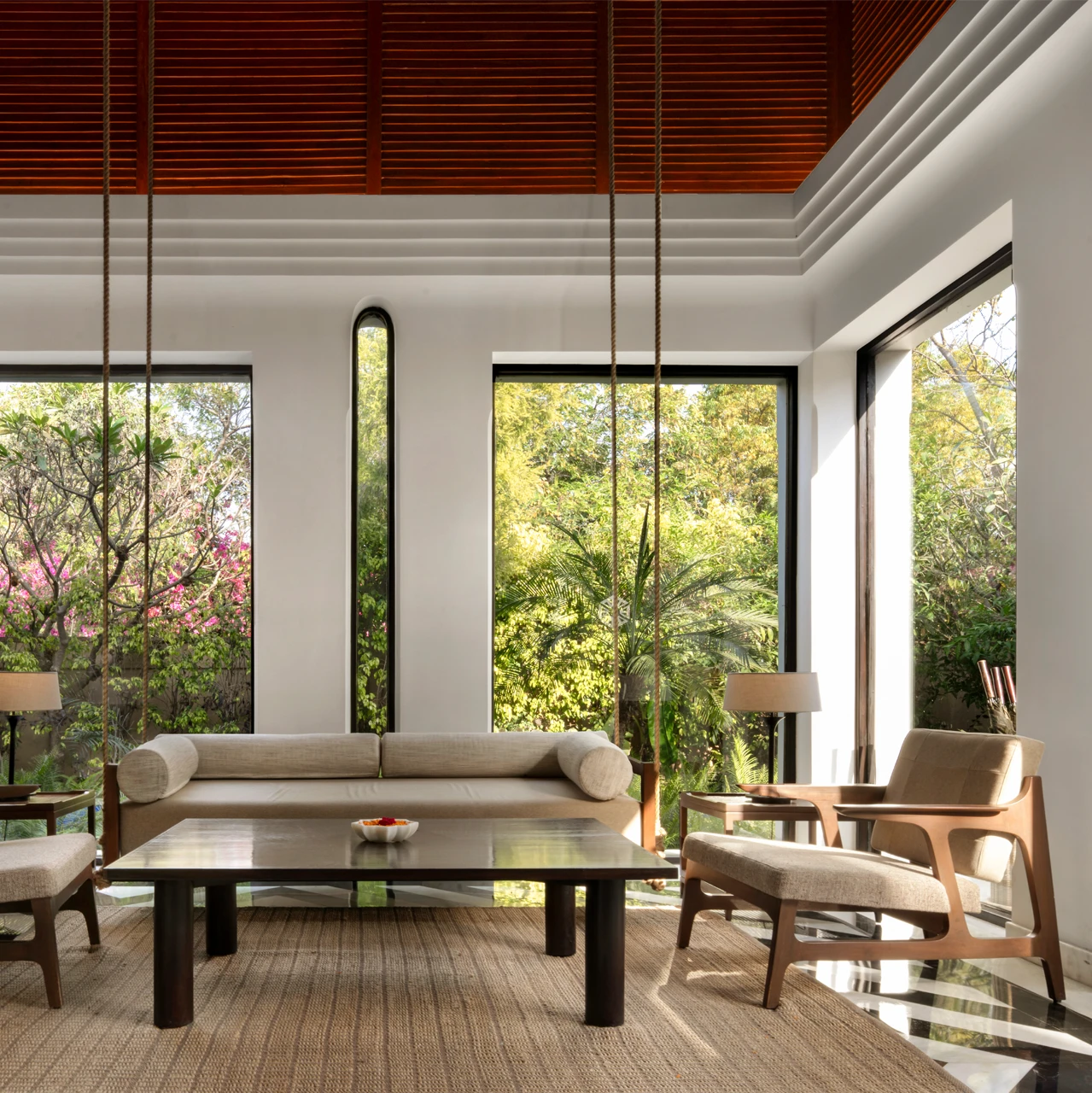<h5-red>CLIENT<h5-red> WALLED CITY HOTELS PVT. LTD. I <h5-red>AREA<h5-red> 60,000 SQFT I <h5-red>STATUS<h5-red> COMPLETED IN 2010 I <h5-red>TEAM<h5-red> STUDIO LOTUS + PRAXIS INC. (AMBRISH ARORA, RAJIV MAJUMDAR, ARUN KULLU, RADHA MURALIDHARA, ANUJA GUPTA, RUCHI MEHTA) I <h5-red>COLLABORATOR<h5-red> PRAXIS INC. I <h5-red>PHOTOGRAPHER<h5-red> ANDRÉ J FANTHOME I <h5-red>AWARDS<h5-red> WORLD’S BEST HOLIDAY BUILDING AT WORLD ARCHITECTURE FESTIVAL (WAF) BARCELONA 2011, GRAND JURY PRIZE AT DESIGN FOR ASIA AWARDS 2012, NOMINATION AT THE AGA KHAN AWARD FOR ARCHITECTURE 2013 CYCLE, HOTEL OF THE YEAR JOINT WINNER AT WORLD ARCHITECTURE NEWS (WAN) AWARDS 2013, SPECIAL MENTION AT DOMUS INTERNATIONAL AWARD FOR RESTORATION AND PRESERVATION 2014
.svg)




















